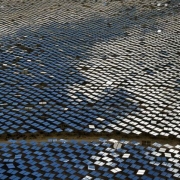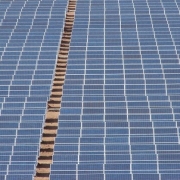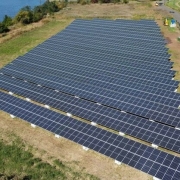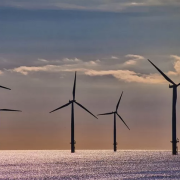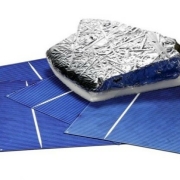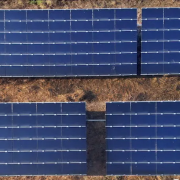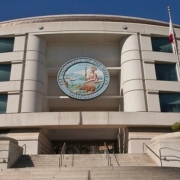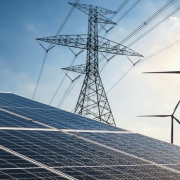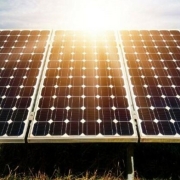At the end of 2021, the US had 1,144 gigawatts of utility-scale electricity generation capacity. That includes everything from 130-year-old hydro dams to brand-new wind farms and solar projects with batteries attached. It took over a century to install all of it, and today, companies want to build almost that much capacity, all over again.
In its annual review of utility-scale solar, Lawrence Berkeley National Laboratory analyzed data from seven independent system operators and 35 utilities, which together represent about 85% of the nation’s electricity load, to see what’s awaiting connection. It found more than 1 terawatt of potential new power generation or storage capacity that has requested connection to transmission networks. To put that in perspective, the whole world hit 1 terawatt of installed solar capacity earlier this year.
Click here to read the full article
Source: Bloomberg
—
If you have any questions or thoughts about the topic, feel free to contact us here or leave a comment below.

